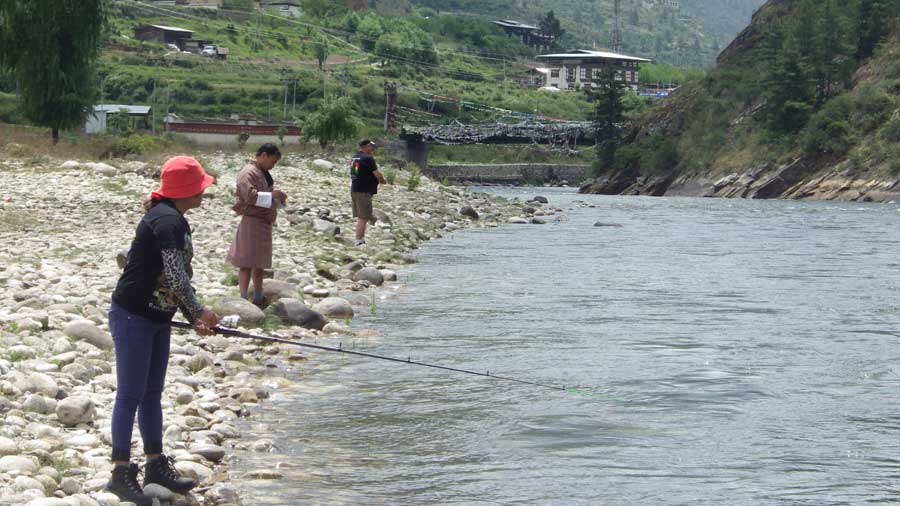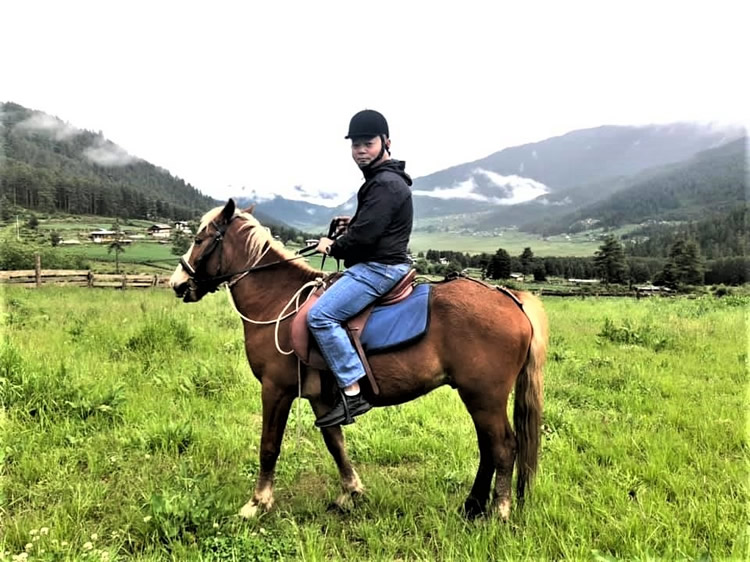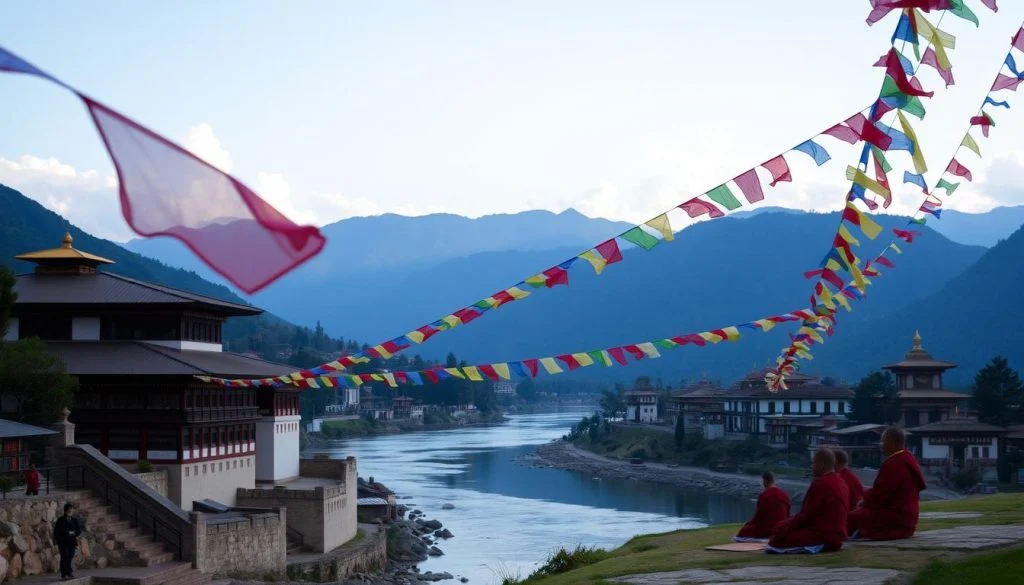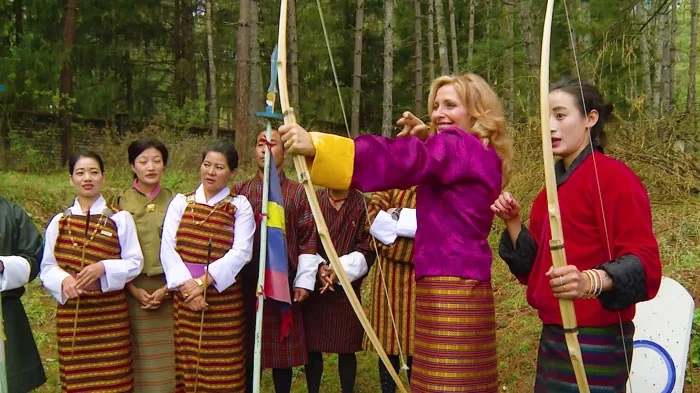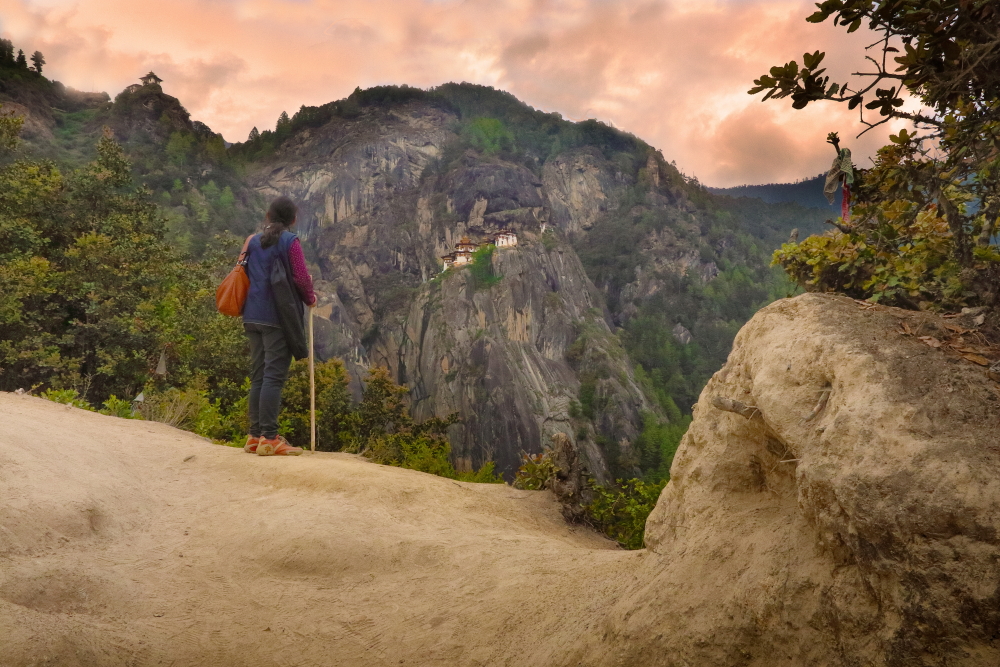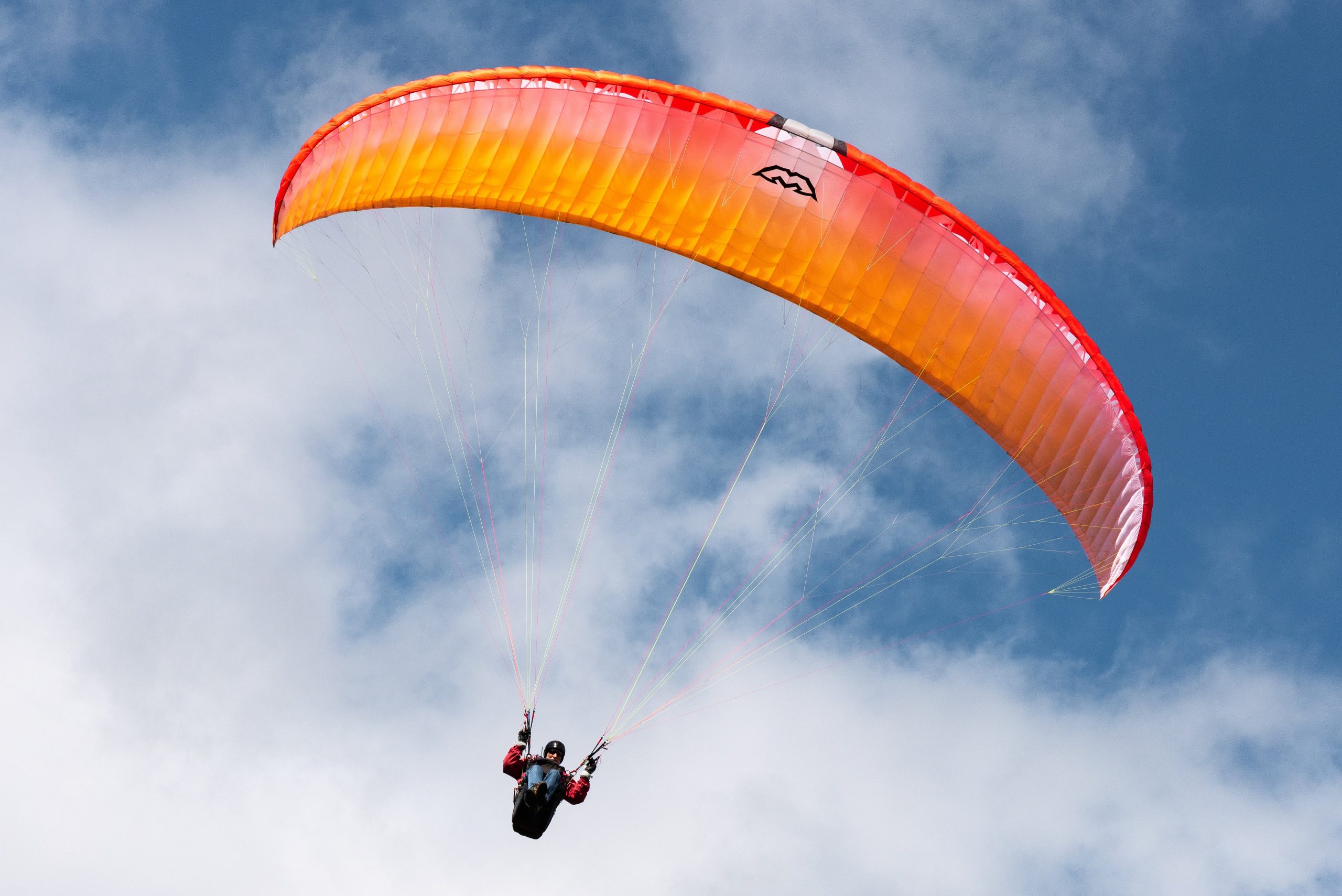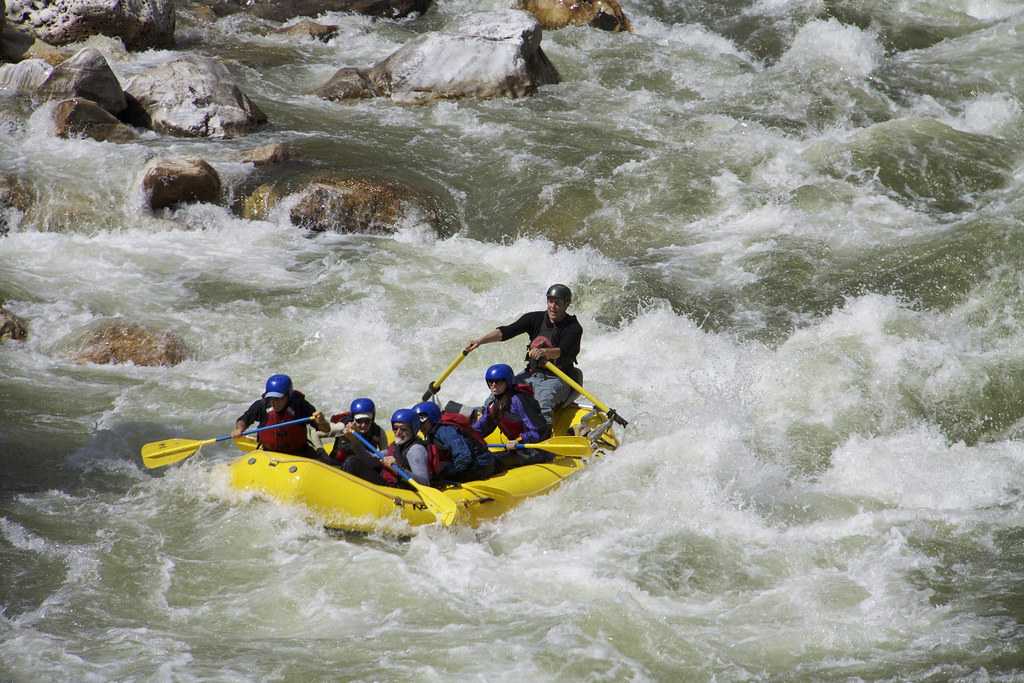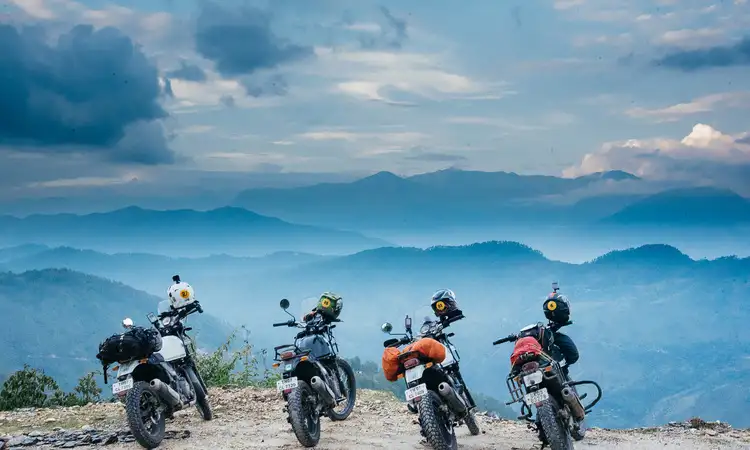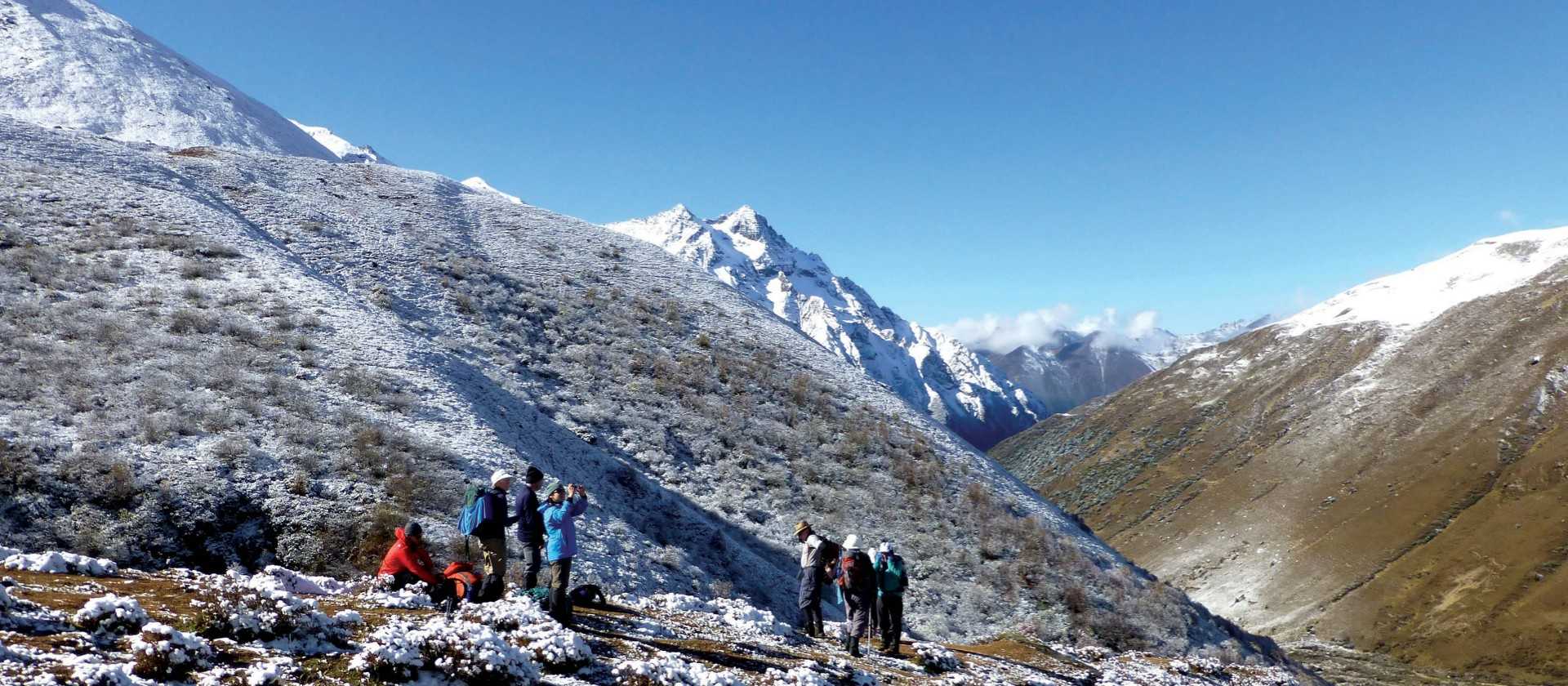Climbing and Rock Scrambling
Climbing & Rock Scrambling
For those looking for a more technical challenge, rock climbing and scrambling in Bhutan’s steep mountains and rugged cliffs provide an excellent test of physical strength and mental resilience. Areas such as the Paro Valley and
g>Thimphu are popular for climbing, offering various levels of difficulty depending on your expertise.Some of the rock climbing routes lead to hidden caves, ancient fortresses, and spectacular panoramic viewpoints. In addition, rock scrambling, which involves scaling rocky outcrops or hillsides, is a popular activity for those looking for an off-the-beaten-path experience.
Gallery
More Detail About Climbing and Rock Scrambling
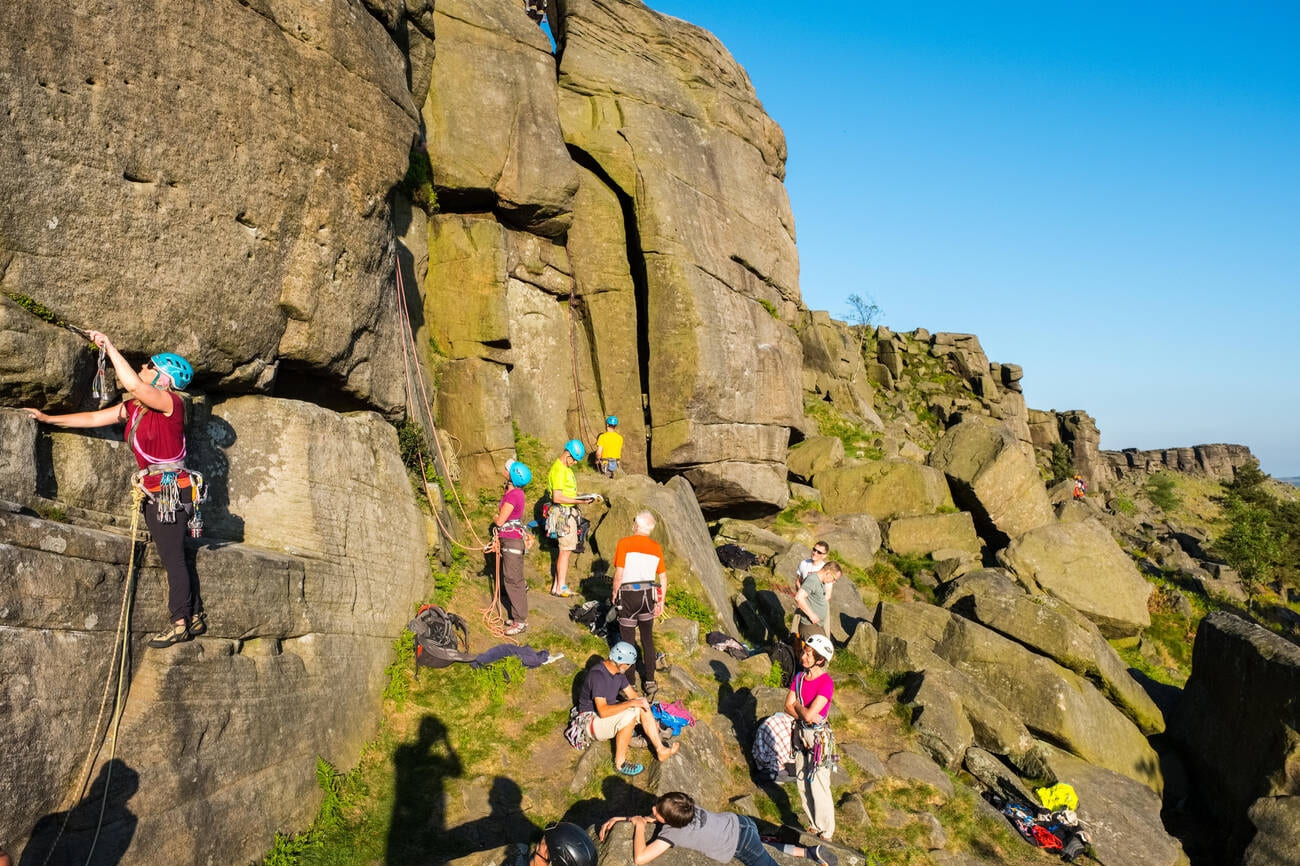 (Climbing and Rock Scrambling is the most demanding activity among domestic and international trekking lovers.)
(Climbing and Rock Scrambling is the most demanding activity among domestic and international trekking lovers.)
While not as widely known as trekking, climbing and scrambling in Bhutan are ideal for those who want to challenge themselves physically while being surrounded by some of the world’s most scenic landscapes.
These activities offer a great way to connect with the raw, unspoiled nature of Bhutan and experience the thrill of reaching ...
new heights, both physically and metaphorically.
Categories

Request a call back
Our experts would love to create a package just for you!







